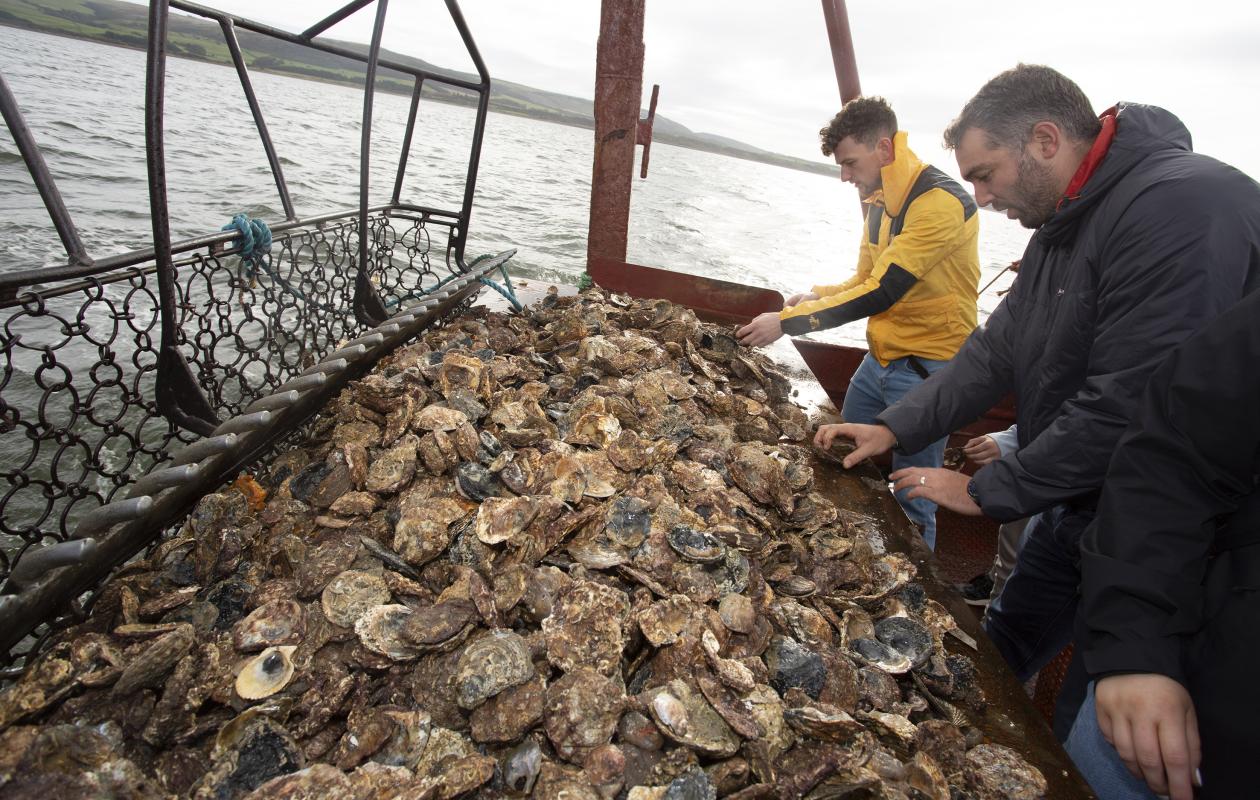Scotland's Wild Native Oysters
Nestled beneath the sparkling waters of Loch Ryan is one of the most precious oyster beds in the world. Scotland’s last wild, native oyster fishery is not just nationally important; it’s important at a species level.
Native oysters are ecosystem engineers. They help maintain marine ecosystems by filtering water and providing habitat for coastal wildlife. With almost all of the UK’s native oyster beds overfished to near-extinction, re-establishing them is incredibly challenging. There’s a big push in Europe to save the native oyster right now, and Loch Ryan's native oyster bed is helping other areas to restore their native oyster ecosystems.
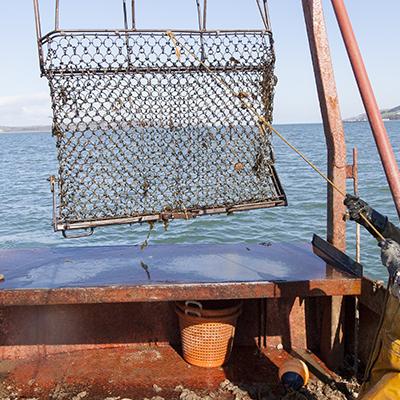
Loch Ryan provides near-perfect conditions for oysters. Juvenile oysters need to ‘settle’ on a hard shelly surface - such as other oyster shells - in order to grow. What is unusual about Loch Ryan is the water has a circular movement, so the same water stays in Loch Ryan for the full ten days that larvae need to mature, before settling on shell on the floor of the loch. As far as the oysters are concerned Loch Ryan is basically just one big pond!
In recent years, Loch Ryan oysters have been sent to Germany, England, Wales and other sites in Scotland to help seed oyster bed restoration projects. Unlike most oyster beds, Loch Ryan oysters are disease-free, which is why they’re in such demand. The health of the bed is largely down to the careful way that the oysters in Loch Ryan have been sustainably managed over decades.
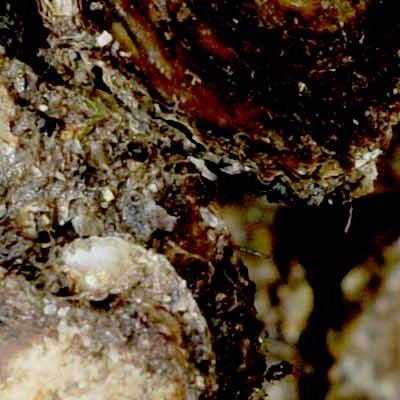
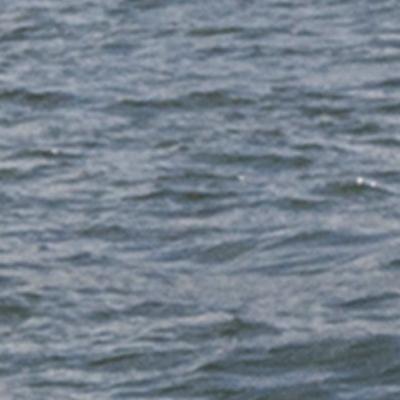
Growing the size of the oyster bed is an ongoing priority for Loch Ryan Oyster Fishery. To do this, the crew of the Vital Spark fish in a particular area for a season. They take only the largest oysters, about 5% of the total catch, and return the small oysters into a well marked area of the loch. These smaller oysters are deposited close to each other to give the best possible chance of eggs being fertilised and new, young oysters becoming established on the floor of Loch Ryan.
Research has discovered that the areas that are fished in Loch Ryan are generally in better health than those that are not. This is because fishing by dredging actively helps to grow the oyster bed. By clearing away silt and mud, more of the hard, shell material that the oyster larvae need to stick to, is exposed. The resulting healthy oyster bed then creates habitat for other marine life to thrive. This means that fishing and eating Loch Ryan oysters is helping with the sustainable management of this important wild, native oyster bed.

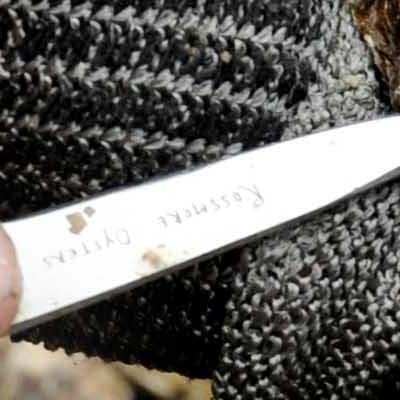
As well as being available to enjoy at Stranraer Oyster Festival, Loch Ryan native oysters are available to order direct from Loch Ryan Oyster Fishery from September till April. The oysters are packed in the traditional way in wooden boxes, packed on their cupped shells to keep them the best, with the boxes then tightly strapped to keep the shells closed for the next day delivery journey.
